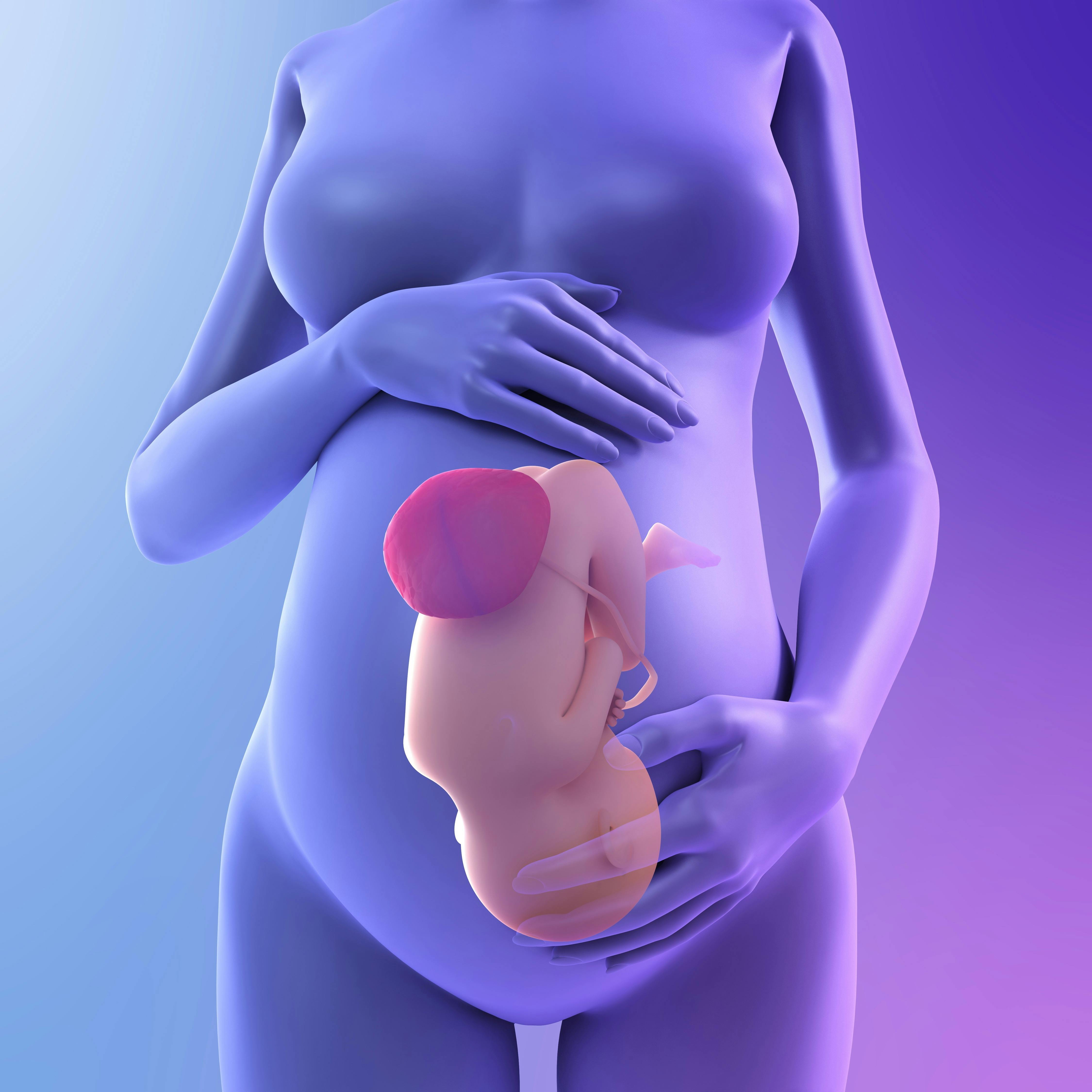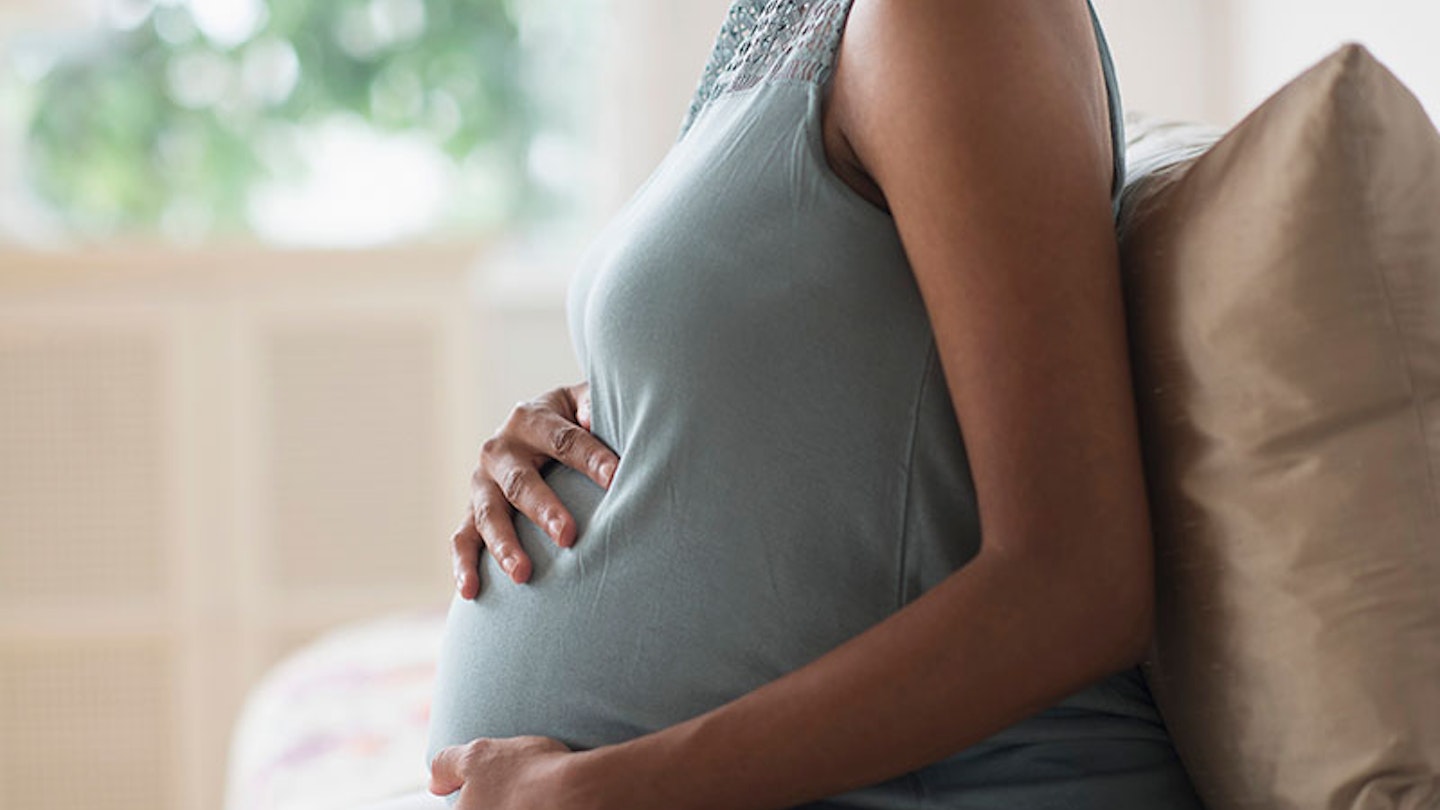An anterior placenta is when your placenta is 'at the front' of your tummy, growing between tummy and baby. It basically sits to the front of your uterus wall and is a completely normal place for it to develop.
During your 20-week scan you'll find out the position of your placenta and your sonographer will alert you if you have an anterior placenta.
An anterior placenta has often been linked to a 'low-lying' placenta. However the two are not connected. A low-lying placenta, aka placenta praevia, is when you placenta is lying low and could be covering your cervix. This usually means you'll be booked in for another scan to check the position again to ensure the placenta has moved away from the entrance to your womb.

Is having an anterior placenta linked to complications?
While the condition is usually nothing you should stress about, there really aren’t any benefits of having an anterior placenta. However, having an anterior placenta is not linked to having complications during pregnancy. The placenta can develop and function as normal at the front to nourish your baby. It is also nothing to be concerned about if you have a c-section.
The most an anterior placenta will cause is lower back pain, which can be quite irritable, especially towards the end of your pregnancy.
Complications which could occur in relation to the placenta are but aren't common:
-
Having a low-lying placenta
-
When having part of the placenta remain in the womb after birth (called a retained placenta)
-
When having the placenta come away from the wall of the womb (called a placental abruption)
What does baby movement feel like with anterior placenta?
If you have an anterior placenta your baby has an extra layer of cushioning in front of them, which means it can make it harder to feel your baby moving. However, having an anterior placenta doesn't mean you can't feel your baby moving.
If you are concerned about baby's movements at any point during your pregnancy you should contact your midwife immediately. Trust your instincts.
Anterior placenta increases chances of baby being back-to-back
Having an anterior placenta increases the chances of your baby being in a back-to-back position, meaning your baby's head is down and the back of their head and back is against your spine. Usually baby gets into the right position right before labour, however a back-to-back position increases the chances of:
-
Having a c-section
-
Having an assisted birth
-
Having a longer and more painful labour
If you have any concerns speak to your midwife and ensure to ask lots of questions at your scans, the sonographers can help go through any parts you may be unsure about.
